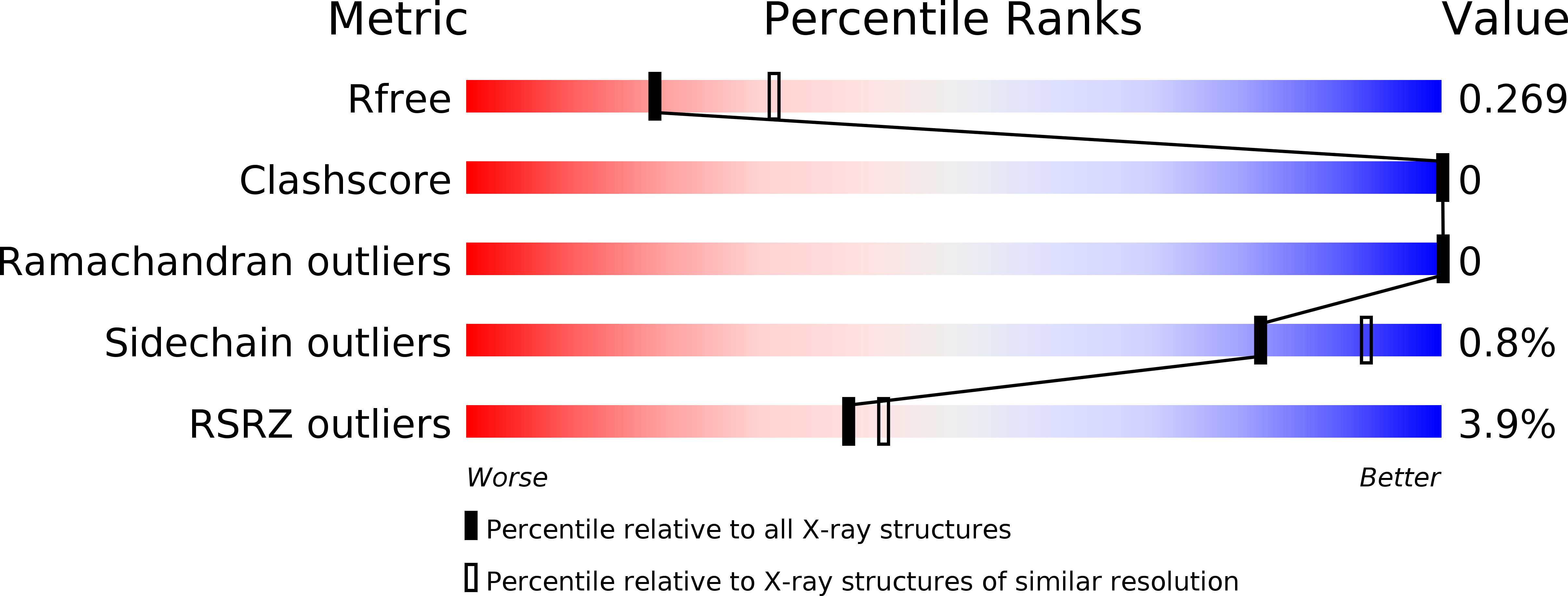
Deposition Date
2017-04-19
Release Date
2017-08-30
Last Version Date
2024-03-13
Entry Detail
PDB ID:
5VJJ
Keywords:
Title:
Crystal structure of the flax-rust effector AvrP
Biological Source:
Source Organism:
Melampsora lini (Taxon ID: 5261)
Host Organism:
Method Details:
Experimental Method:
Resolution:
2.52 Å
R-Value Free:
0.26
R-Value Work:
0.22
R-Value Observed:
0.22
Space Group:
P 43 21 2


